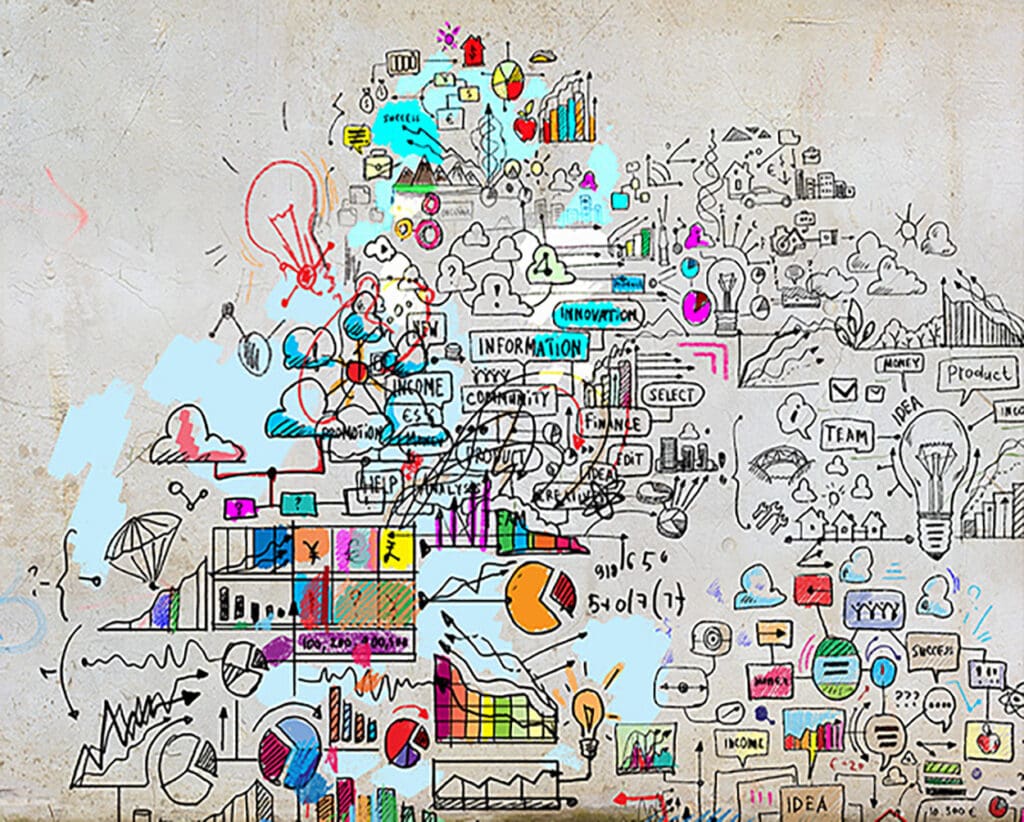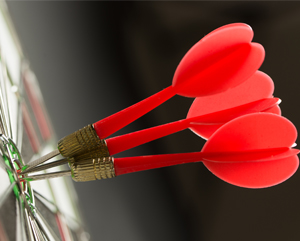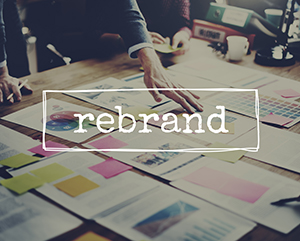Looking back: the power of nostalgia in advertising
Nostalgia is a powerful feeling; it’s so much more than mere reminiscing. It has the power to transport us back to memories, experiences and emotions associated with an imagined better time. It makes us yearn for yesterday. And it can be triggered by a familiar scent, a piece of music or an old photograph.
So, is it any wonder that we use nostalgia in advertising to help boost sales?
The ability to make us look back with rose tinted spectacles is as an effective buying tool. If products resonate with a happy time in our lives, we will have formed an emotional connection to the product. We’re then far more likely to part with our hard-earned cash.
By appealing to their audience on a feel-good level, advertisers can endow their creations with emotion and sentimentality that resonates with their audience and elicits a pleasurable feeling. Nostalgic memories give us a greater sense of belonging, meaning and security, which makes us more open to future experiences.
Advertisers have long understood the power of collective nostalgia. It’s not that these feelings can directly propel us into a state of purchase or support for certain causes, but rather we may be more resistant in a detached and purely rational state of mind.
Retro reigns true in the world of innovation
As a species we are hurtling toward the future at an ever-greater pace, and that may leave some thinking there is no room for looking back. However, the speed at which we evolve only serves to strengthen the allure of nostalgia. As the technology we’re exposed to changes at such a rapid rate, the desire to return to, or remember, a less complicated time remains. That’s why nostalgia in advertising is so powerful.
The re-release of the classic Nokia 3310 phone is a perfect example of this. The mobile phone market today is vastly different from the one that existed two years ago. It’s unrecognisable from the first call made from a mobile phone by a Motorola employee in 1973. Today’s mobile phone does a lot more than simply make calls. We can bank online, surf the internet and even control the heating in our homes, all from a handheld device.
Even with such advancement, the re-release of a mobile phone relic was met with a wave of uncontrollable nostalgia. The reason for which is two-fold. Firstly, we tend to romanticise about the past because it’s something familiar. Unlike the present and future, we are firmly in control of the past’s narrative. Secondly, we’re all guilty of imposing a ‘the grass is greener’ outlook when remembering the past. It’s a time of less responsibility and lower living costs.
Daily doses of nostalgia
Facebook’s currency is user engagement, and what better way to boost engagement than to remind us of memories we’ve previously shared on the site. We’re constantly reminded of what happened in our lives X amount of years ago, or we’re encouraged to celebrate ‘friendiversaries’. This is despite them not marking the start of a friendship, but the time we mustered up the courage to press the ‘add friend’ button to make an already established, real world friendship real in the digital realm.
It’s a cheap ploy from Facebook designed to keep us creating new posts and to keep us interested at a time when our interest is dwindling. Facebook use memories we have previously shared to leverage an already existing feeling in the hope that users will look to recreate and add to these memories.
As every generation grows older, the draw of nostalgia doesn’t seem to fade. Perhaps it’s easier to hark back to a simpler time than it is to face up to the challenges we face in modern life. Whatever the psychological rationale, it doesn’t look as if brands will relinquish their hold on the power of nostalgia and tapping into our most cherished memories any time soon.
Why do you think nostalgia is such a powerful tool for brands? Can you think of any examples where the use of nostalgia in advertising has backfired? Tweet us @otbtweeter with your thoughts and examples.




